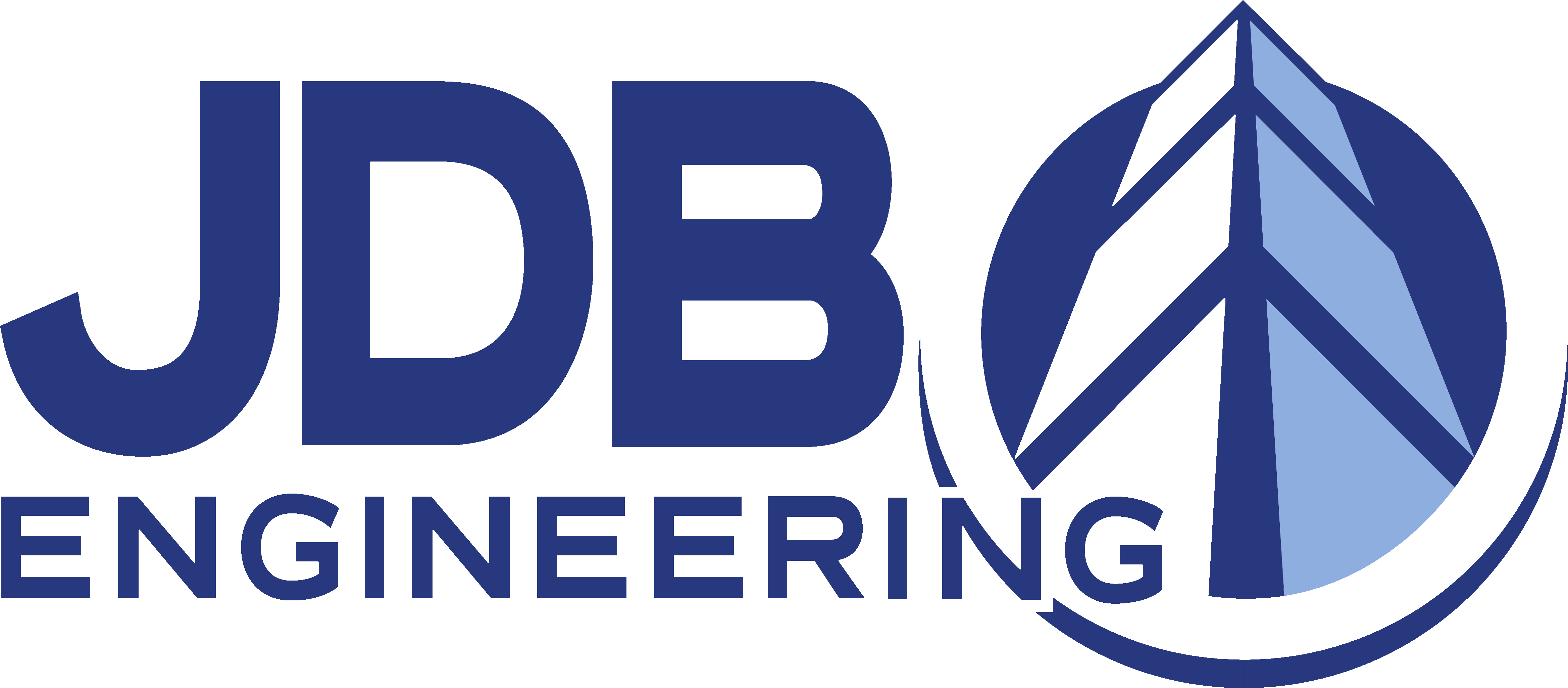
Whether designing a building or developing an IT infrastructure, a tempered approach to defining the project goals allows for a consistent vision to be realized by all parties involved in the execution. Getting a project completed for the sake of crossing it off a “to-do” list is not nearly as important as delivering an end-product that will move an organization forward.
A project is defined by a specific objective and constrained by both budgetary limits is well as pesky things like start and end dates. The overall project objective represents an entire ecosystem involving a complex pattern of projects required to realize the final vision. Determining the balance of such an endeavor requires a close examination of the job to be done, then selecting the appropriate expertise to make it happen.
When faced with a decision (or project objective) outside a firm’s core competencies, an owner typically reaches out to a professional organization to establish the framework to build upon the vision. As this comes into focus, the true requirements for a project begin to surface.
A Simple Case Study
I recently met with an established construction management firm that is interested in improving the delivery of project status updates to their clients. As an initial step, I reviewed examples of existing project binders used to present weekly printed reports to communicate the status to the project owners – a fairly typical approach for CM firms. These status updates were complemented with daily email and phone calls explaining progress and changes throughout the week, although there was no centralized knowledge base of all the communications taking place.
Based upon the original defined object, I also reviewed the data points used in the status reports and prepared some questions to drive the conversation at the project start-up meeting.
However, when I arrived at the meeting, the client presented me with two printed brochures for Enterprise Resource Planning (ERP) system packages offering simple, complete solutions for collaboration, productivity, and portfolio management.
The fact that the client wanted me to look into these solutions immediately suggested that they were wanting more than a project to simply improve status delivery, but rather a solution that created the potential to abandon all the systems currently in place to go with a “silver bullet” solution! Alas, “silver bullet solutions” are as about as real as werewolves – all solutions require compromises to be made!
Talk about scope creep!
Yes, making all of your problems evaporate with the promise of a modern system is an attractive proposition, but these types of implementations often fail to surpass the effectiveness of the previous system(s) while also wreaking havoc on operations during the transition period! Development of any new system requires the dedication of the leadership group to redefine business rules and processes to ensure project success. Although this is not an impossible undertaking, this type of overhaul requires the alignment of the entire organization to attempt to repeat the success of what carried the business to this point. An undertaking of this magnitude requires a series of projects to develop the programs that constitute an ERP system. (The good news is that you will always find someone willing to take on this challenge – especially a software seller eager for an opportunity to sell perpetual licenses or annual subscriptions!)
It wasn’t hard to determine that the CM firm faced challenges with project management and wanted those challenges to go away as quickly as possible. While the well-crafted ERP brochures created an attractive vision, we were not anywhere near being prepared with the requirements or resources to launch a business overhaul project, particularly when considering the original project budget and schedule! My initial goal, the low-hanging fruit, was to review the current processes for status reporting, identify what was working and what was missing, and determine the current sources of information feeding the status updates. No matter which programs and systems a successful firm has in place, it is important to honor the legacy and recognize the entire operation as an evolving system. The fact that this firm was operating with printed reports actually provided an opportunity for an immediate, incremental improvement for their clients while allowing time to discover the requirements for the system to evolve.
It was critical to improve the flow of information to promote timely data-driven decision making on projects. However, fueling data-driven decision making for businesses is an incremental process (again, no silver bullets here!). Valuable data exists today in operations at all firms, but is often concealed. It needs to be harnessed and organized before it can be put to work to add value to an organization.
There are always better tools to access and organize data, but is this really the best use of resources and energy required to solve today’s problems? We all need dependable transportation to get us safely to work each day. The reasons for wanting a Mercedes AMG, however, greatly exceed the requirements for dependable transportation! A consulting partner can bring immediate value by innovating and bringing expertise to complement the knowledge you have of your specific operations and business.
As for the status update project, we determined that the next step is to centralize project status content in an existing online environment to enable web access to daily reports for customers. The clients can then retrieve status information when it is convenient for them. This approach allows the CM firm to build upon its original project vision and bring immediate value to their clients. And while the ultimate project vision may be an integrated ERP system, that was beyond the original defined objective, and will take a series of smaller projects to make the overall goal a reality.
When determining a project’s scope, it is always best to walk before you run, or you may end up in the wrong place!
To learn about how JDB Insight can help with your next data-driven project, surf here. For questions about this post, contact Tom Traina.



“It wasn’t hard to determine that the CM firm faced challenges with project management and wanted those challenges to go away as quickly as possible. ”
Well said, An organization can not grow without accepting these challenges (and resolving them) but we tend to shy away from them